Becoming a mom is transformative—but it also brings significant physical changes, especially to your core and balance. Whether you had a vaginal or cesarean delivery, your body has undergone months of adaptation, and recovery takes time, patience, and the right approach. The good news? You don’t need hours at the gym or complex routines to rebuild strength. With short, intentional habits and evidence-based strategies, you can restore core function and improve balance safely and effectively.
During pregnancy, your abdominal muscles stretch, your pelvic floor bears extra pressure, and your center of gravity shifts forward. These changes can lead to diastasis recti (abdominal separation), lower back pain, and reduced stability. Poor core strength and balance increase the risk of injury during daily movements—like lifting your baby or bending over a crib.
Research shows that targeted postpartum core rehabilitation improves functional strength, reduces back pain, and enhances overall well-being. Balance training, often overlooked, supports posture, coordination, and confidence in movement—critical for new moms navigating unpredictable days.
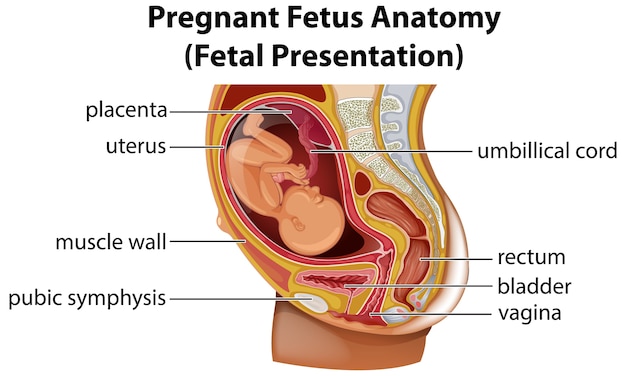
This checklist is designed for real life—short routines, simple habits, and science-backed guidance you can start as early as a few weeks postpartum (with healthcare provider approval).
Diaphragmatic breathing is the foundation of core reconnection. It activates the deep core muscles (transverse abdominis) and pelvic floor.
Diastasis recti affects up to 60% of postpartum women. A simple self-check helps guide your recovery.
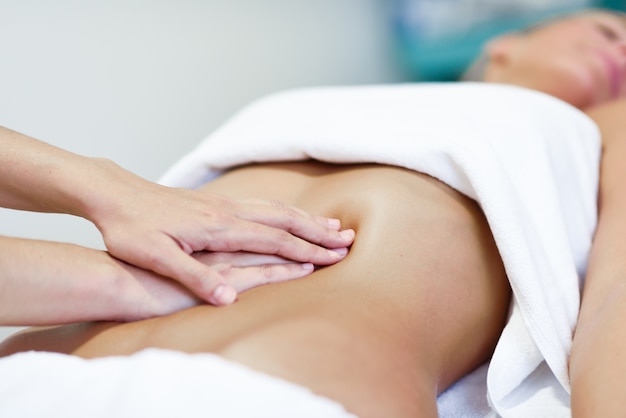
Focus on low-impact, functional movements that rebuild stability.
Balance improves with consistency, not intensity. Try these simple habits:
Use bodyweight or light resistance to train movements you do daily.
Poor posture strains your core and spine. Be mindful when:
While many recover well with self-guided routines, some signs indicate it’s time to consult a pelvic floor therapist or physical therapist:
Rebuilding your core and balance isn’t about getting back to “pre-baby” shape—it’s about feeling strong, stable, and confident in your body. Small, consistent actions add up. Celebrate each step, listen to your body, and remember: healing is not linear.
With this simple, science-supported checklist, you’re not just recovering—you’re building a stronger foundation for motherhood.

Wellness

Wellness

Wellness

Wellness

Wellness
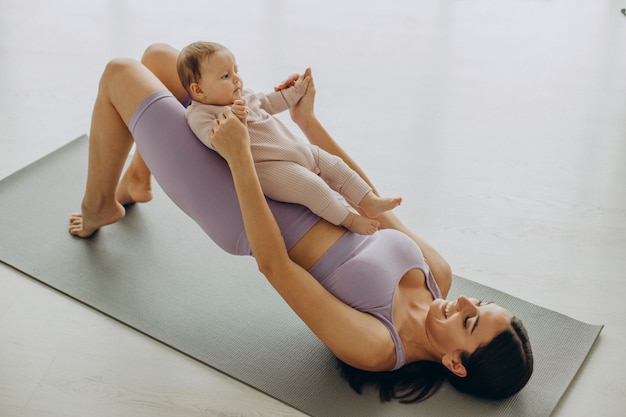
Wellness
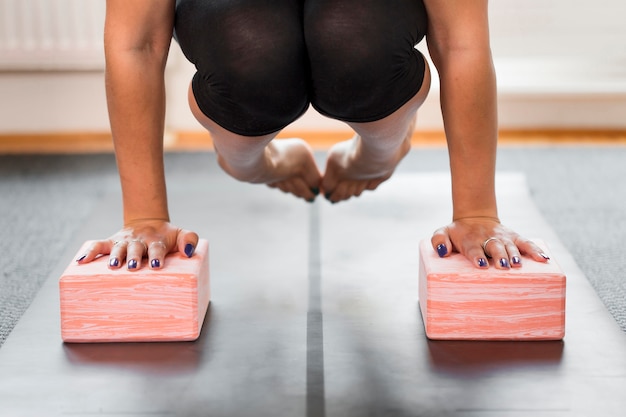
Fitness
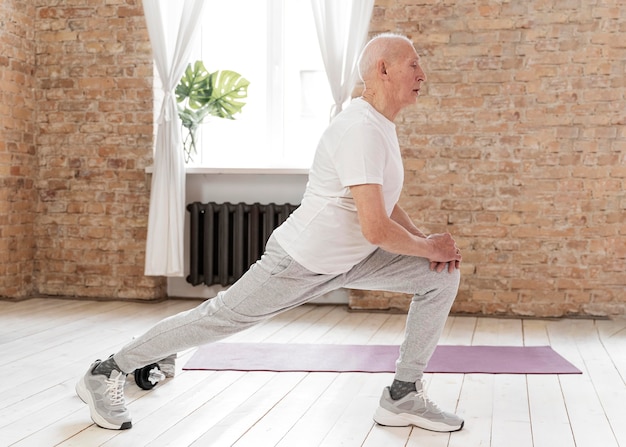
Fitness

Wellness

Wellness
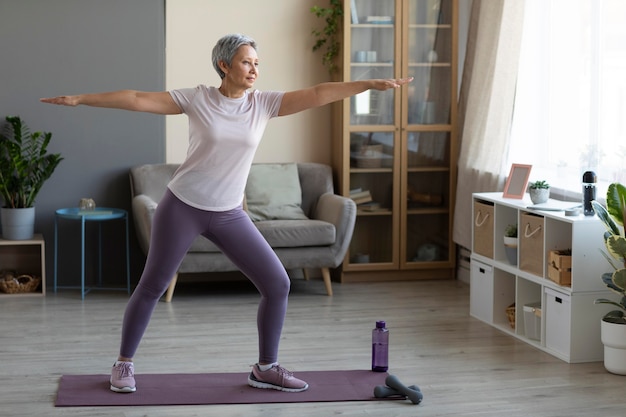
Wellness
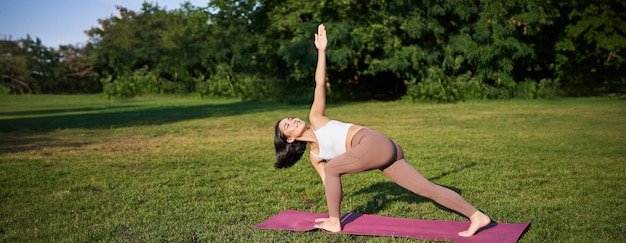
Wellness

Health

Fitness

Health

Health